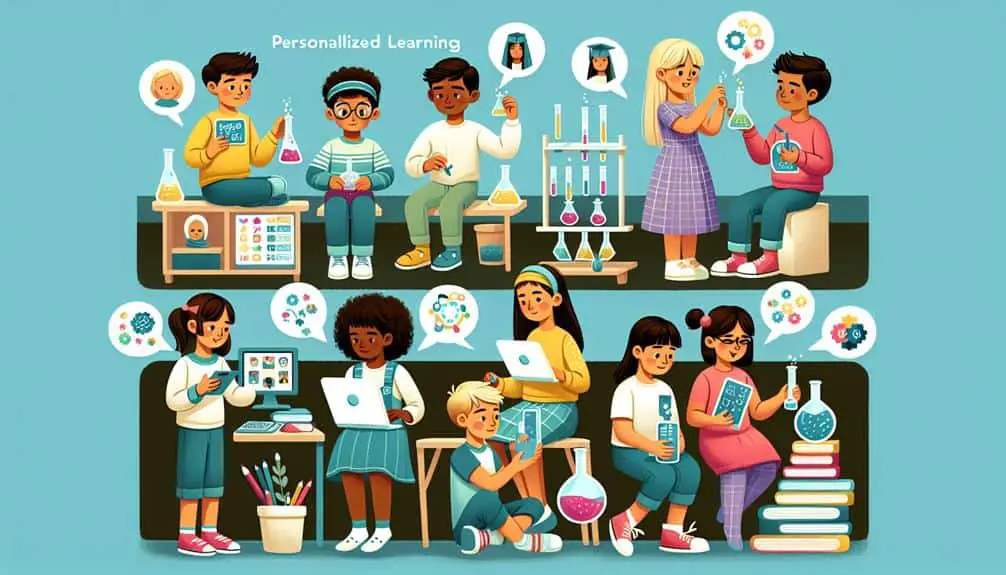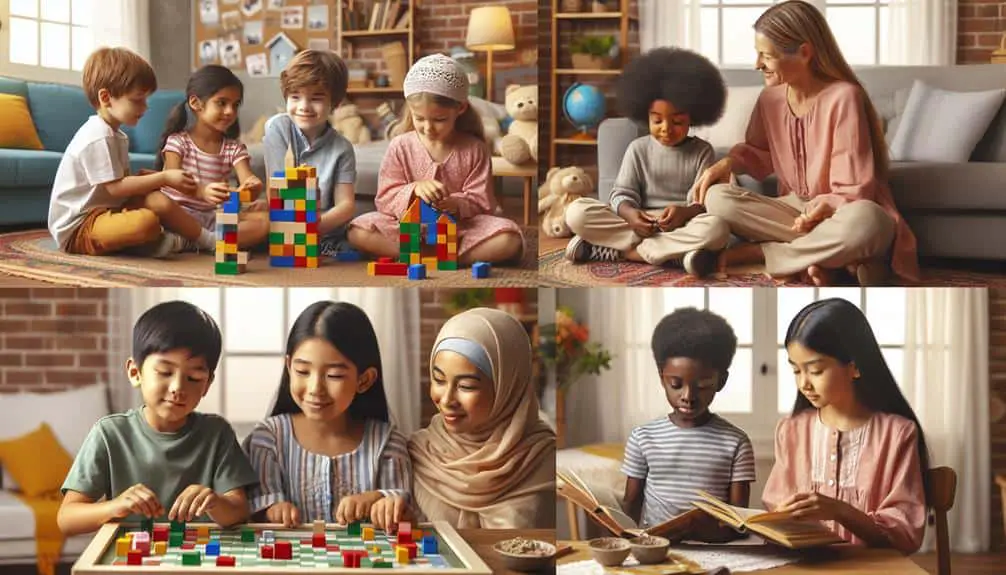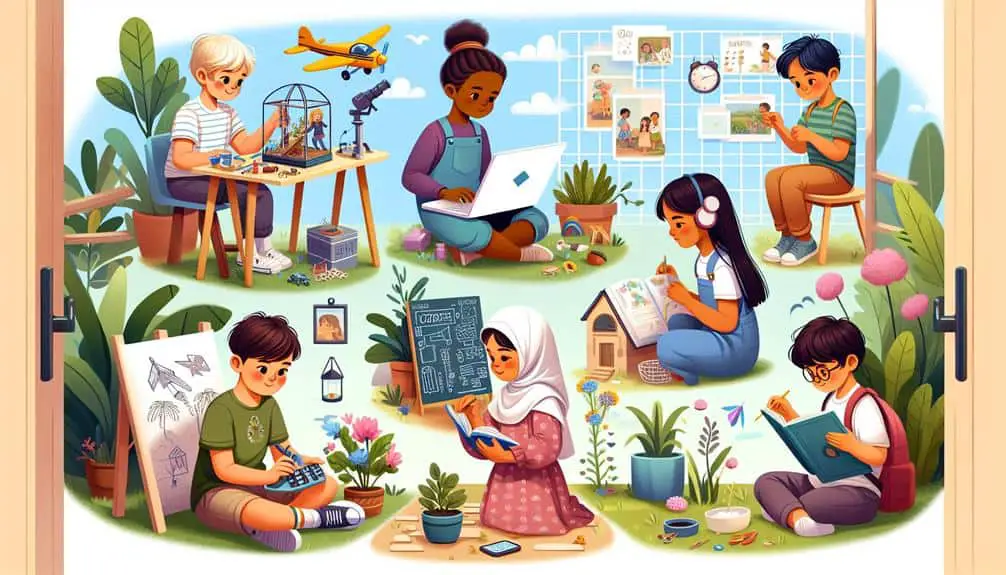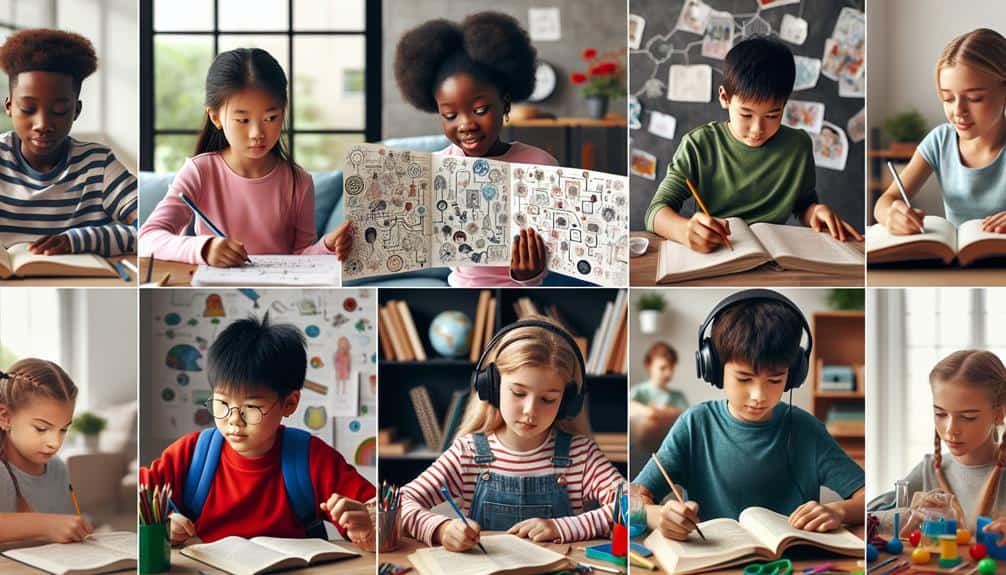Why Do Children's Learning Preferences Matter in Homeschooling?
Understanding your child's learning preferences in homeschooling is essential. Identifying their unique style helps tailor teaching methods effectively. By adapting to visual, auditory, kinesthetic, or reading/writing learners, you enhance their educational experience. Fostering a supportive environment, utilizing multi-sensory activities, and customizing the curriculum to individual preferences boosts comprehension and academic performance. Embracing these strategies results […]
Why Do Children's Learning Preferences Matter in Homeschooling? Read More »









